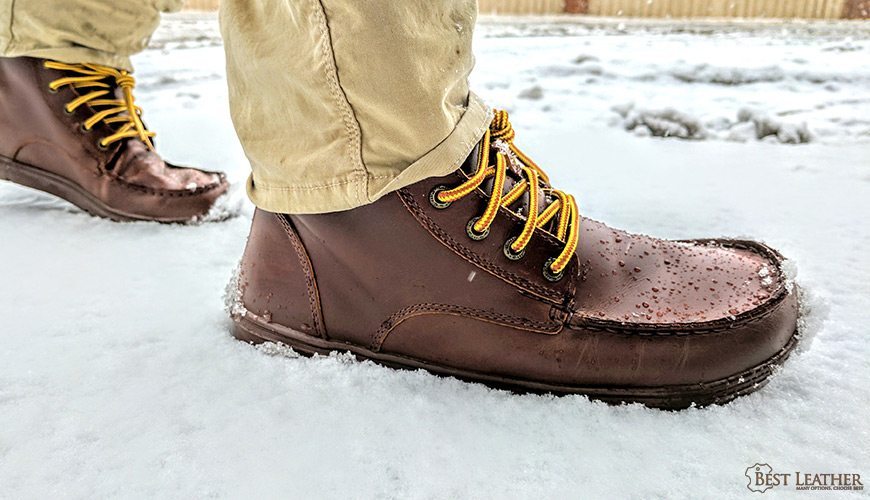Switching from regular shoes to minimalist footwear is a significant change for your feet and body. If done too quickly (especially running), it can lead to discomfort or injury, as muscles and tendons that have been underused need time to strengthen and adapt. Here’s a step-by-step guide to help you transition safely and successfully:
1. Start Slowly
Begin by wearing minimalist shoes for short periods each day. Start with 20 to 30 minutes of walking on soft surfaces like grass or carpet. Gradually increase the duration over several weeks as your feet become accustomed to the new demands.
2. Listen to Your Body
Pay attention to any signs of discomfort or fatigue in your feet, ankles, and calves. Mild soreness is normal as your muscles strengthen, but sharp pain or persistent discomfort may indicate that you need to slow down or consult a healthcare professional.
3. Incorporate Foot Strengthening Exercises
Support your transition by adding exercises that strengthen the intrinsic muscles of your feet and lower legs. Exercises such as toe curls, arch lifts, calf raises, and balance drills can help build resilience and prevent injury.
4. Choose the Right Terrain
Initially, stick to soft, forgiving surfaces such as grass, dirt trails, or indoor flooring. Avoid hard pavement or rocky paths until your feet have developed the necessary strength and conditioning.
5. Transition Your Activities Gradually
If you plan to run or hike in minimalist shoes, start by walking in them first. Gradually progress to jogging, then running, and finally to more demanding activities. Each phase may take several weeks to months, depending on your body’s response.
6. Stay Consistent
Consistency is key. Incorporate minimalist shoe use into your routine regularly to allow your feet to adapt progressively. Over time, you may find that your feet feel stronger, your posture improves, and your overall comfort increases.
The Benefits of Minimalist Shoes
Many people who make the switch to minimalist shoes report a variety of benefits, including:
- Improved foot strength and flexibility
- Enhanced balance and coordination
- Better posture and alignment
- Reduced incidence of foot deformities and injuries
- A heightened sense of connection with the ground and environment
By mimicking the natural barefoot experience, minimalist shoes allow us to regain some of the health benefits our ancestors enjoyed, while still providing essential protection in a modern world.
Conclusion: A Step Toward Natural Movement
Minimalist shoes offer a practical, protective bridge to barefoot living. By encouraging natural foot movement, promoting better posture, and strengthening the feet, they allow us to reconnect with the way our bodies are meant to move. Whether you're seeking to improve your foot health, enhance your athletic performance, or simply experience a more grounded way of walking, minimalist shoes provide a powerful tool for reclaiming your natural stride.
Take the transition slowly, listen to your body, and enjoy the journey toward healthier, stronger, and more capable feet—one step at a time.

